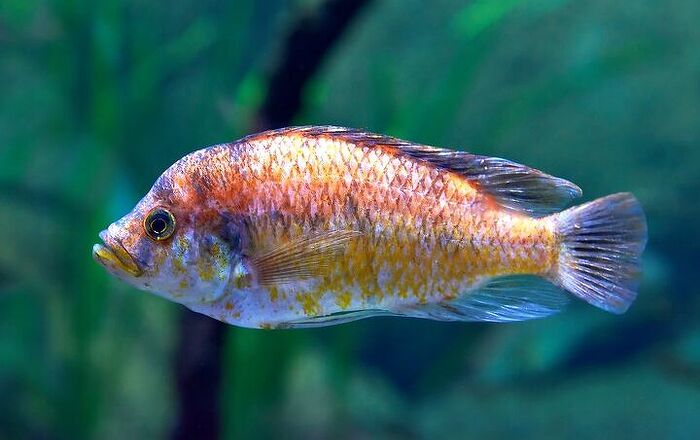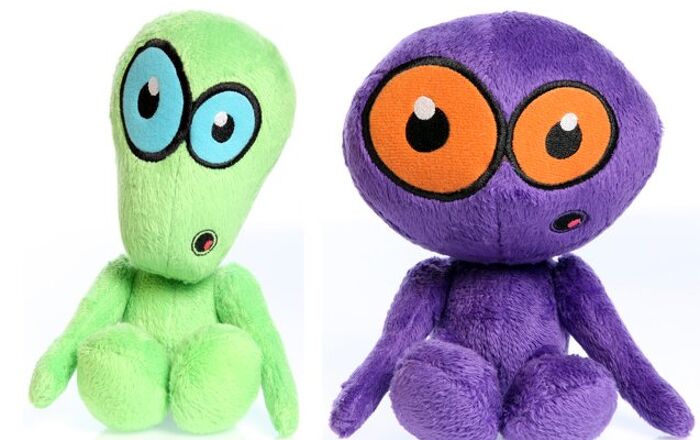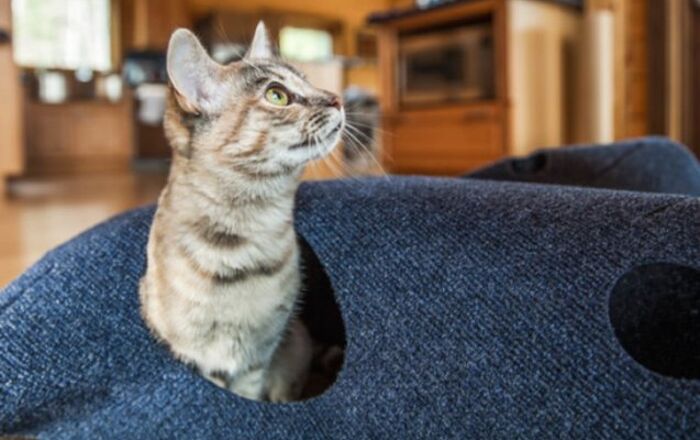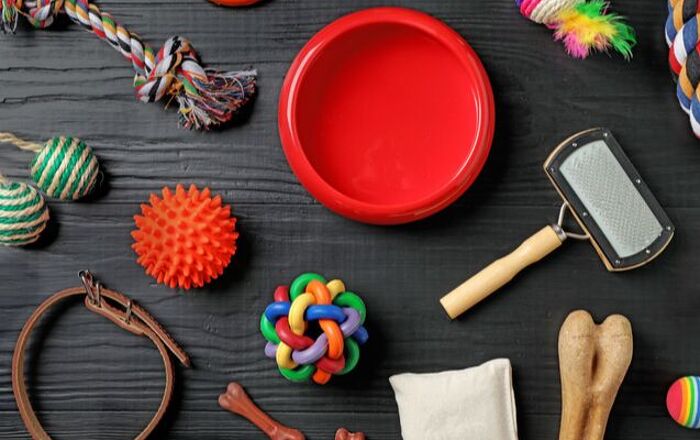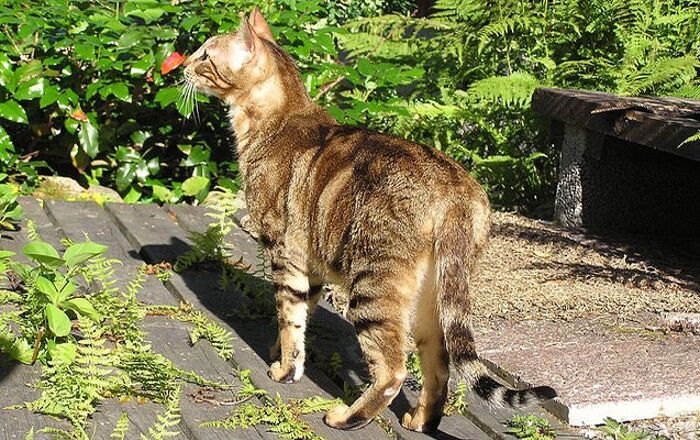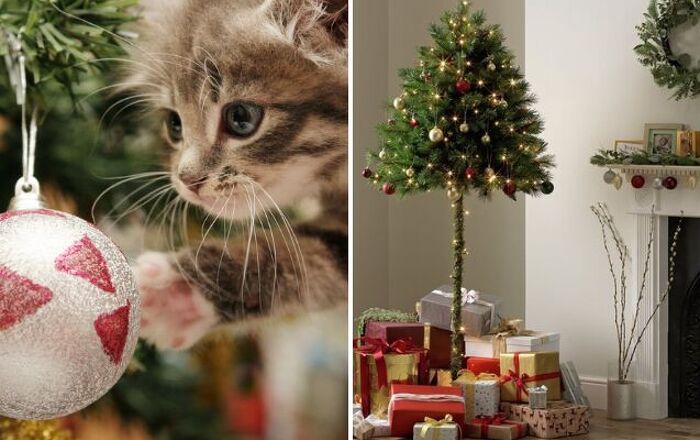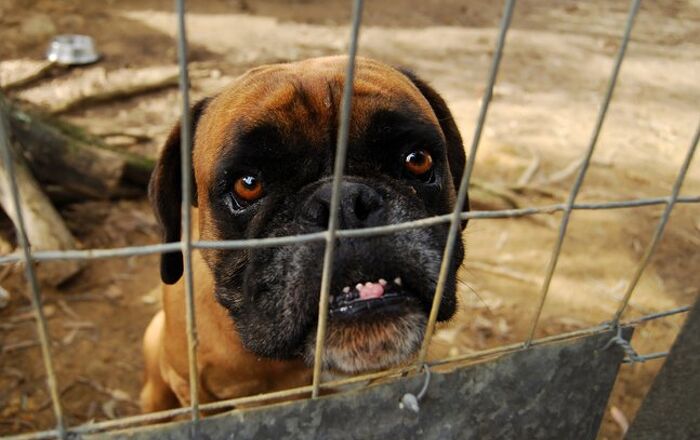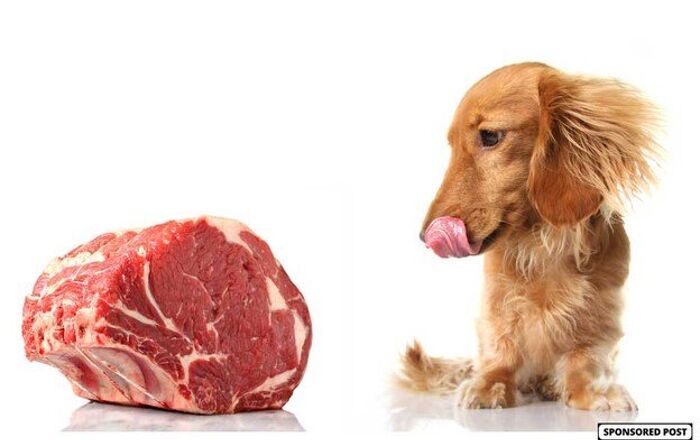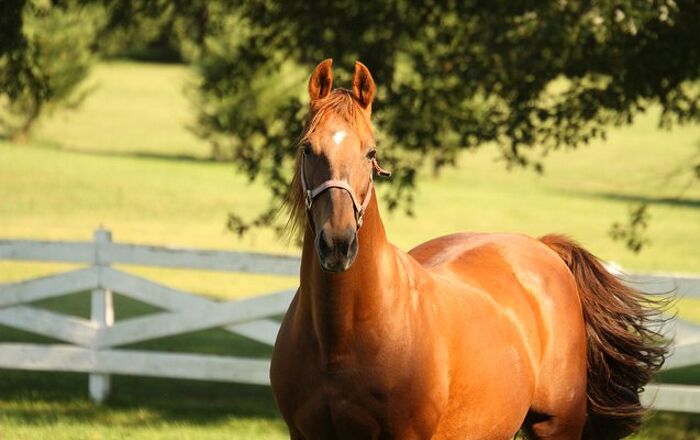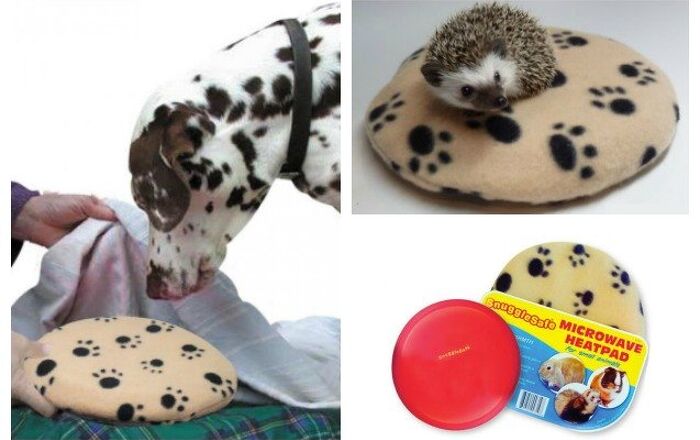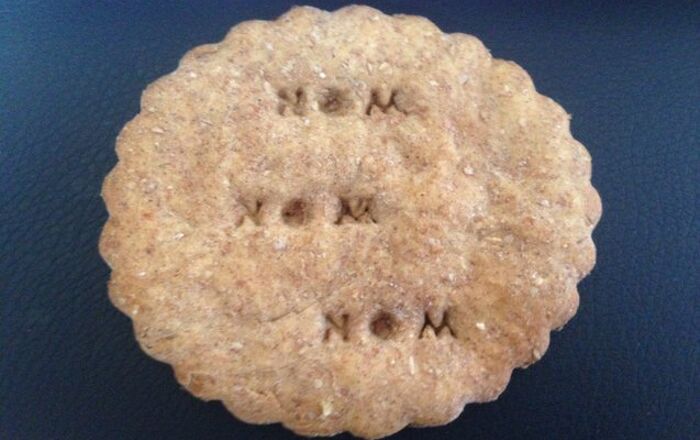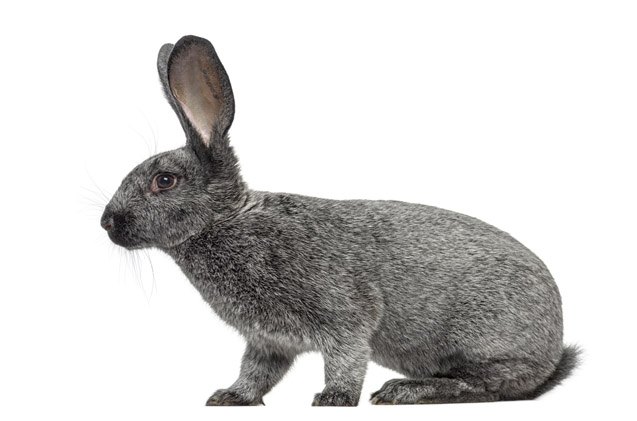
Champagne d’Argent Rabbit Breed History/Origin
These commercial-sized rabbits were first developed in 17th century Champagne, France, hence their name, Champagne d’Argent Rabbit (although they may have been bred even before that by French monastery monks). This rabbit, known as the French Silvers in France, were exported in large quantities to England around 1920 and were dubbed the Argente de Champagne.
They were also exported to America circa 1912, but had long, loose coats such as that of a silver fox (the dog). The color and length of their coat was improved and the standard became a short, soft coat. This new breed was developed to be larger than the French or English Champagne Argenetes, weighing up to 12 lbs. The “e” was dropped in the American Rabbit Breeder’s Association (ARBA) Standard of Perfection between 1955-1959 and most breeders simply abbreviate the breed’s name to “Champagne”.
The Champagne d’Argent’s silver coat doesn’t come in until it is 6-8 months old.
Overall Description
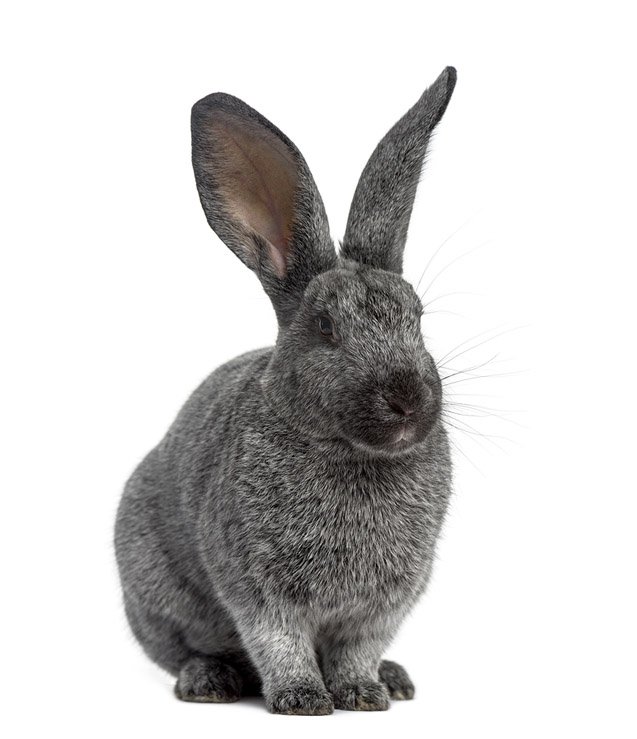
The Champagne d’Argent rabbit has a commercial body shape which can weigh between 9-12 lbs. once fully grown. They have full shoulders, deep hindquarters and medium- to long-sized ears which usually stand on the halfway mark between their heads and their backs.
Coat
Like most rabbit breeds, the Champagne d’Argent rabbit will also go through a seasonal molt (much like a dog when it sheds in the Spring) and during that time, you will have to groom them a little more often than usual. When they go through molts, you can expect to have your clothes full of their fur when you pick them up and give them some loving, which is why daily brushing during molts is a must. Otherwise, one brushing a week should be sufficient. Under no circumstances should you give your rabbit a bath, as this stresses the out greatly and may result in their death. Simply spot-clean your rabbit with a damp cloth to rid their coats of any impurities.
Colors
When Champagne d’Argent kits are born, they are usually all black; their silver color will develop once they mature. The silver color starts at the belly and travels up, finishing up over the back and face when they are 6-8 months old, and will continue to lighten as they grow older. Due to color variations depending on their age, they will have black guard hairs with a light silver color overall. Their ears and noses are usually darker than the rest of their bodies once they are fully grown.
The Champagne d’Argent rabbit does well with other rabbits and also enjoy human attention.
Care Requirements
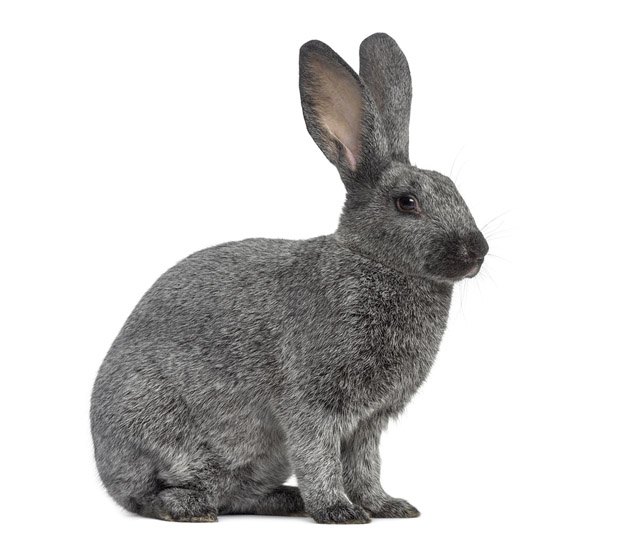
Like any other breed of rabbit, the Champagne D’Argent rabbit requires a diet consisting of at least 70 percent hay. The rest of their diet is made up a healthy balance of pellets, leafy greens, fruits, and vegetables. Be aware of what kind of leafy greens you feed your rabbit, as some of them (like iceberg lettuce) don’t contain enough vitamins or nutrients and, contain landanum, which can be harmful in large quantities. Also be careful of what kind of vegetables you decide to feed your rabbit, as some of them are harmful (such as beans, cabbage, potatoes, etc) and other fruits contain too much sugar to be healthy for them.
This rabbit can either live indoors or out, depending on what they are being bred for and year-round weather conditions. Because this breed is used for show, meat and fur purposes, outdoor enclosures need to be protected from the elements and other predators, and should be made of either wood or wire. Both indoor and outdoor rabbit enclosures need to have a solid bottom in order to place bedding, which should be spot-cleaned everyday and completely replaced at the end of every week. As always, enclosures need to be large enough for your rabbit to stretch out to their full length, plus have some space leftover so they can hop around and explore.
If you’re keeping the Champagne d’Argent rabbit as a pet, it will need to be socialized so it grows up to be well-rounded and friendly. This means taking them out of their enclosures when they are young kits to cuddle, pet and allow them to explore their indoor room. This will ensure that your rabbit is affectionate and socialized to other animals, adults and small children once they are fully grown.
Health
The Champagne d’Argent is not susceptible to any specific disease, however there are many common problems that can occur if it doesn’t receive proper care. Cages should always be made of galvanized steel and have a separate section where droppings will not get caught in their fur, because of the risk of flystrike. Flystrike is an extremely painful condition that can often leave your rabbit immobilized or even result in death.
Rabbit teeth keep growing throughout its entire life at a rate of one centimeter a month. Its teeth are designed to wear down when its eats grass, hay and even the occasional blocks of wood. Always monitor your rabbit’s teeth to make sure they are not overgrowing, as they can grow into their face and/or into their jawbone if they do not wear down properly.
Lastly, do give your rabbit a routine ear check-up at home to make sure that no ear mites are present. Ear mites initially start off as scaling and then progress into a thick crust that builds up in their ears. If you find ear mites in your rabbit’s ears, consult your veterinarian as soon as possible for treatment options.
Champagne d’Argents need to be socialized on a daily basis so they grow to be well-rounded and friendly rabbits.
Temperament/Behavior
Champagne d’Argent rabbits do well with other rabbits and also enjoy human attention, so long as they are socialized early on. Their temperament is comparable to a well-mannered cat – they will nap in a little corner of your home and will greet you at their cage door to be petted. While they are not the most active rabbit, Champagnes will happily hop around their indoor room and like to spend some time outdoors. These rabbits are large enough to have a medium-sized dog harness attached to them, so long as they are comfortable.
Unlike other pets such as dogs and cats, rabbits are a little bit tricker to litter train. With lots of time, patience and rewards, rabbits can be potty trained, but it takes much longer than other pets. Instead of using just one litter box, try to spread a couple around the house so they won’t be tempted to do it in a corner. When owners find that their rabbits tend to do their business where they are not supposed to (such as their favorite corner in the living room), they put a litter box in that particular area and that is enough to make the rabbit understand that this is where they need to do the deed.
When it comes to toys, every rabbit has their own individual personality and you will find that while one Champagne adores playing with a ball, the other may not pay it any mind. Some rabbits enjoy more complex toys that can be purchased at your local pet store, while others are perfectly content with an empty paper towel tube. It really depends on each rabbit’s individual personality.
Photo credit: Life on White/Bigstock

